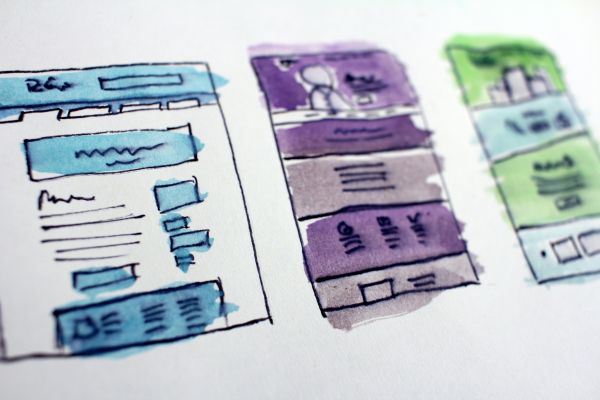Every digital agency has its own unique approach to Project Management, but it is universally agreed that the methods used to deliver a project play an essential part in the success of its delivery. Whether it is web design, app development or the implementation of a new marketing strategy, a successful outcome is more likely with the correct planning, communication between agency and client, and implementation of process.
Whilst there are many Project Management methodologies available, the two key schools of thought are known as ‘Waterfall’ and ‘Agile’. Both styles of Project Management have particular benefits, and each is better suited for certain projects. But which is best for you?
Waterfall
The first recorded Waterfall-style project management method was recorded in the 1950’s, but it was first referred to as ‘Waterfall’ in 1976. In recent years, Waterfall has been challenged by the more modern, Agile technique. However for some projects and businesses Waterfall is more appropriate. The key aspects of Waterfall are as follows:
- Planning is fundamental to Waterfall. The requirements or ‘scope’ of the project is agreed at the start, and any potential issues should be researched and clarified before work starts.
- Each phase runs sequentially, so the next starts once the previous phase is complete.
- Timelines are very structured, with key milestones in place. This makes planning and measuring the project’s success easier from the start and throughout. Many clients and organisations find this reassuring, especially as this methodology is documented in detail.
- Clients do not need to be so heavily involved in the process, compared to Agile. Once the requirements are agreed, they are only needed to review and approve.

The Waterfall process works best where the requirements and scope is fixed and the technology is fully understood. However, businesses may not know exactly what is required and the Waterfall method can leave less room for issues in the future. If the project requires changes (e.g. new technologies, or updated business goals) this can be harder to incorporate.
Agile
The Agile methodology was outlined in the Manifesto for Agile Software Development in 2001 although similar approaches were developed concurrently to Waterfall – as early as the 1950s. This manifesto outlined four key philosophies:
- Individuals and Interactions over processes and tools
- Working Software over comprehensive documentation
- Customer Collaboration over contract negotiation
- Responding to Change over following a plan
Whilst the terms on the right are still important, the terms on the left take precedence.
The key principles of Agile are as follows:
- Development is broken into small increments, or sprints, which minimize the planning and design work at the start. Sprints are usually around one to four weeks long.
- Efficient, face to face communication is fundamental to a good Agile practice. The most popular Agile methodology is Scrum, where teams should be self-organising and cross-functional. This means they decide how work is split, and work as a team to progress the project. Scrum Masters are often employed to support this process, whilst Product Owners should communicate the overarching vision to the team.
- Each sprint is punctuated with daily, quick meetings called Daily Stand Ups. Here, each team member outlines what they worked on the day before, their intended tasks for the day, and any blockers which may impede the common goal.
- Testing is continuous to ensure that the software being developed is of the highest quality. The team should have a new or updated version of the product to show to the client at the end of each sprint.

Although Agile methodologies may seem more complex at the start, it is often the best solution for large scale, digital projects. From a client perspective, the process is extremely transparent and allows for in-depth involvement throughout, especially during the development phase. However, it also requires continual feedback from and interaction with the client team, which is not always practical. The sprint structure can allow for early releases and beta testing, but it can also raise more issues and additional feature requests. This can increase the cost of the project, or lead to ‘scope creep’.
Which is best?
Project size and complexity, timelines and team structures (internal and external) should be taken into consideration when deciding on which way to go. Agile’s flexibility means that if it is done correctly, it can deliver complicated digital projects. Done well, this approach can build productive teams who work with a focus on delivery during each sprint, which maintains the project momentum. This methodology also leaves space for changes down the road, which is all too familiar! However, where the project scope is clearly defined from the start and the budget is fixed, a more traditional Waterfall approach can be more appropriate. Waterfall is also well suited for teams that are based in different locations, or projects that are delivered by multiple stakeholders (e.g. more than one agency). Sometimes, a hybrid of the two styles can work, but a ‘one size fits all’ mindset won’t achieve the best results every time.
Identifying the right approach for each client and project is integral to delivering a great end product. To find out more about JBi’s ways of working and how we can help your business achieve more digitally, get in touch with our Account Management team.




